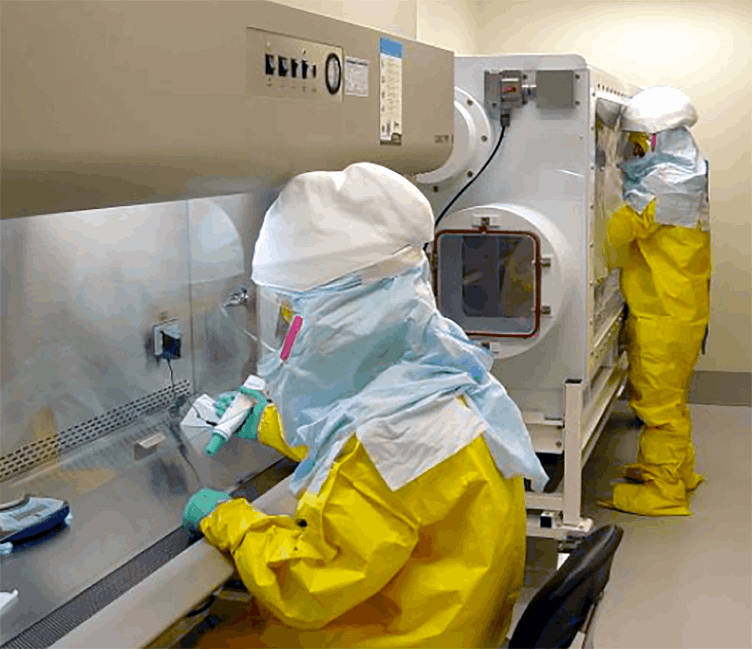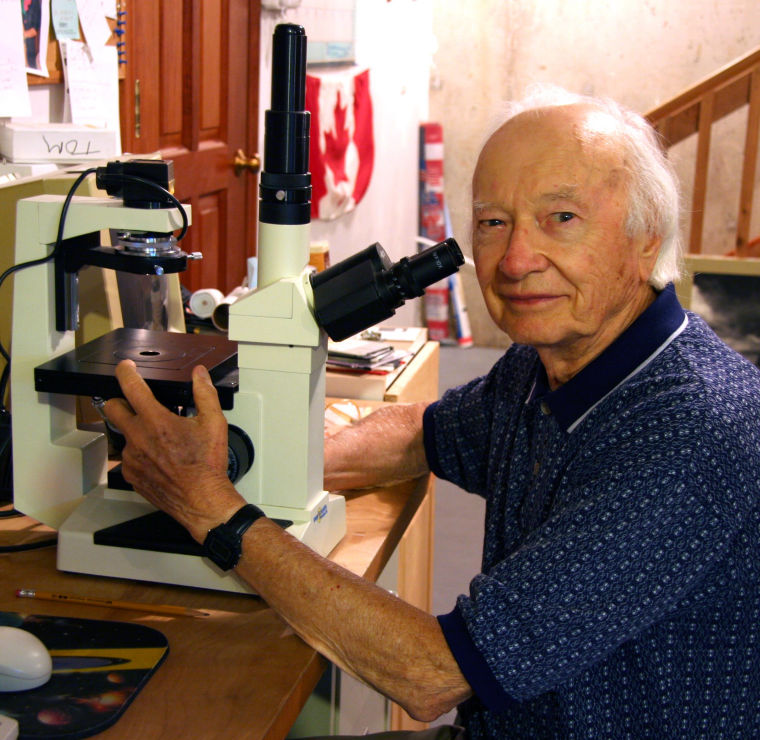To begin with, the fear of needles contributes to vaccine hesitancy. Prefilled syringes and vials also require complex cold chain storage and transport, limiting access and requiring administration by trained healthcare providers. Beyond patient fears and logistical challenges, administering vaccines via intramuscular injection may not be the most efficient method of eliciting protective and durable immunity against infection.
Galahad nasal delivered vaccines will help address a number of limitations associated with existing vaccines and immunization programs. The nasal passageway is the natural entry of most respiratory viral infections and are the primary generating area of a strong immune response and will produce an IgA antibody response as well as an IgG response. These strong immune responses lead to durable protection, which may make nasal delivered vaccines more cost-effective as well as easiest route of application.
Galahad nasal vaccines could simplify the process of formulation, storage, transport, and administration. A Galahad nasal-based freeze dried vaccine has improved stability, reducing the need for refrigeration or freezing prior to administration. Galahad nasal-based vaccines are designed to be self-contained products, eliminating the need for liquid reconstitution in glass vials and reducing supply chain disruption risks. Galahad nasal-based vaccines also have the potential for administration by non-healthcare personnel, or even self-administration, which could improve access and increase immunization coverage, especially during public health emergencies.
Galahad nasal-based vaccines allow for rapid design, production, and deployment, which is critical when responding to novel infectious diseases that can change their surface antigens. It is more rapidly produced as it depends only on growing the target virus and mixing that virus with the binding/inactivating agent and freeze drying. This can be accomplished in weeks instead of months taken for the most rapid mRNA vaccines. Galahad nasal-based vaccines work by delivering to the immune system an antigen consisting of the whole pathogen treated so that it cannot cause disease thus ensuring the maximal immune response. No preservatives or adjuvants are needed reducing the allergy reactions to the vaccine.
We have an exceptionally large supply of Galahad, enough can be produced for billions of vaccines by a large manufacturing company. Approach to establishing Chemistry, Manufacturing and Controls (CMC), and Good Manufacturing Practice (GMP) for manufacturing consistency of the Galahad is in place. We have a safety study in rats. In addition, we have a preliminary paper published on a N5H1 avian flu model in mice that gave a robust Galahad nasal vaccine that was 100% protective and safe. The peer-reviewed paper on the H5N1 vaccine study was recently published in the Heliyon Journal:
In the appendix section is a list of a broad range of viruses tested and inactivated. We have patents on the Galahad molecule and its use in a vaccine.
The Galahad nasal vaccine will need lyophilizing testing and validation, and the compound needs to be advanced through clinical phases of the FDA process.

